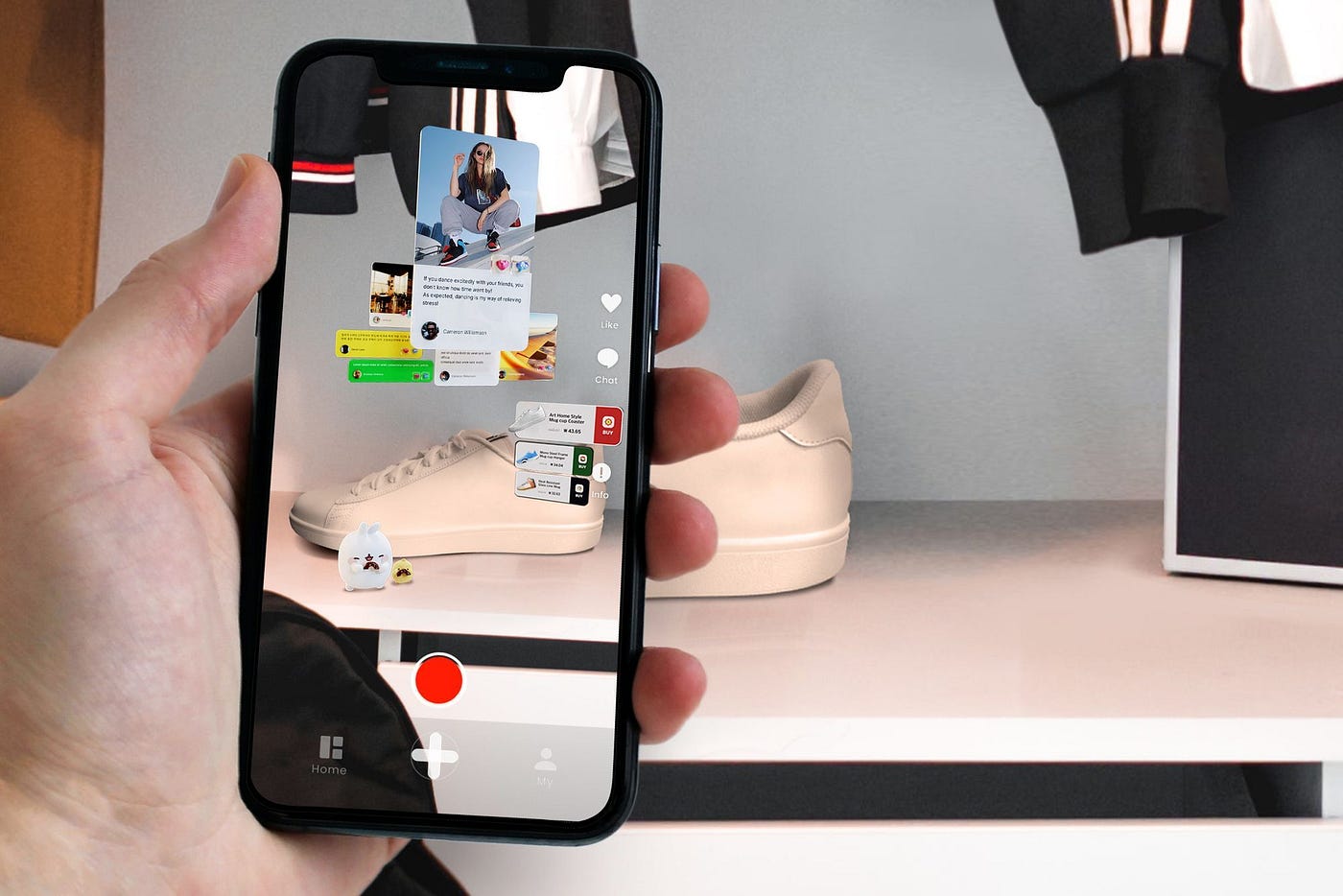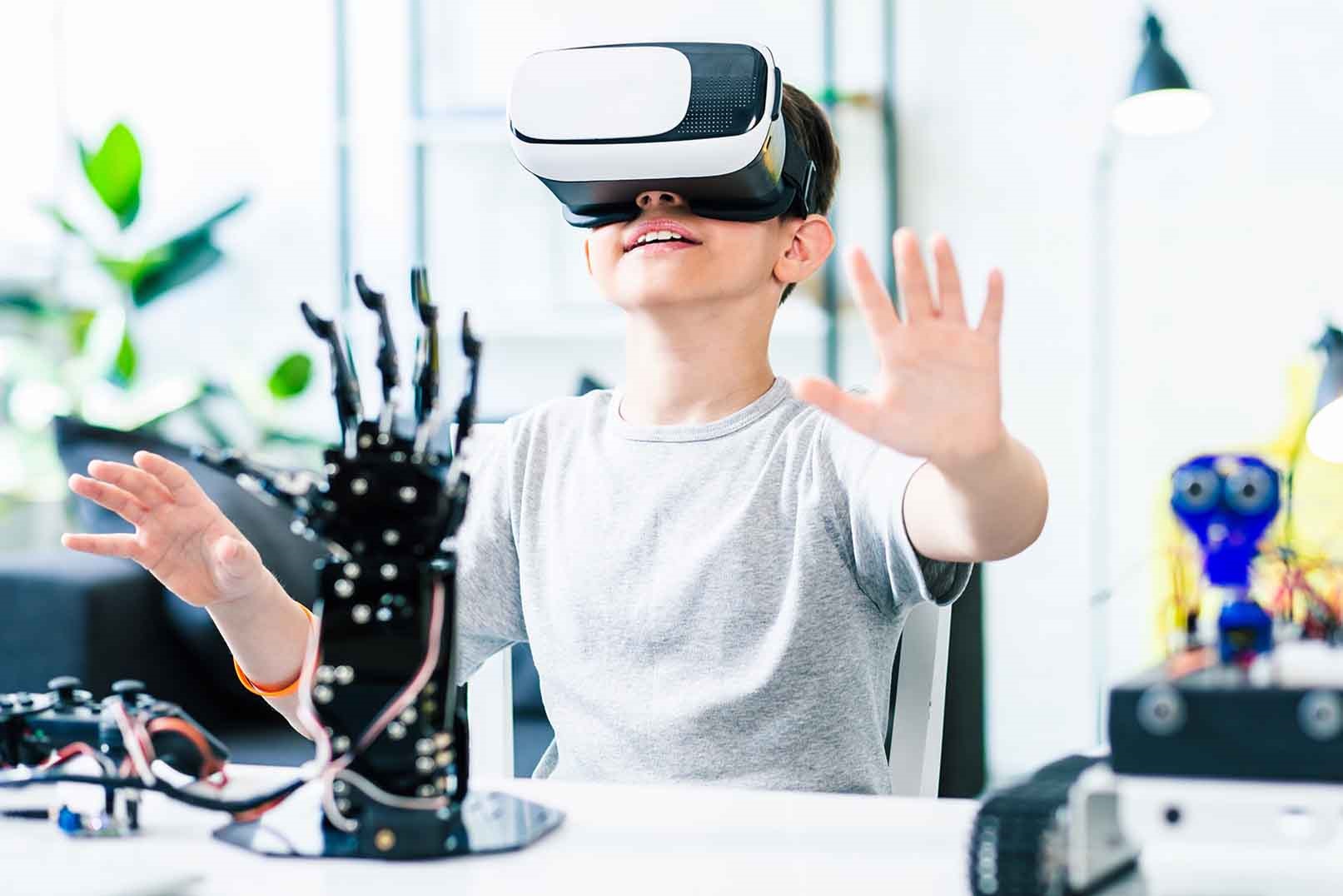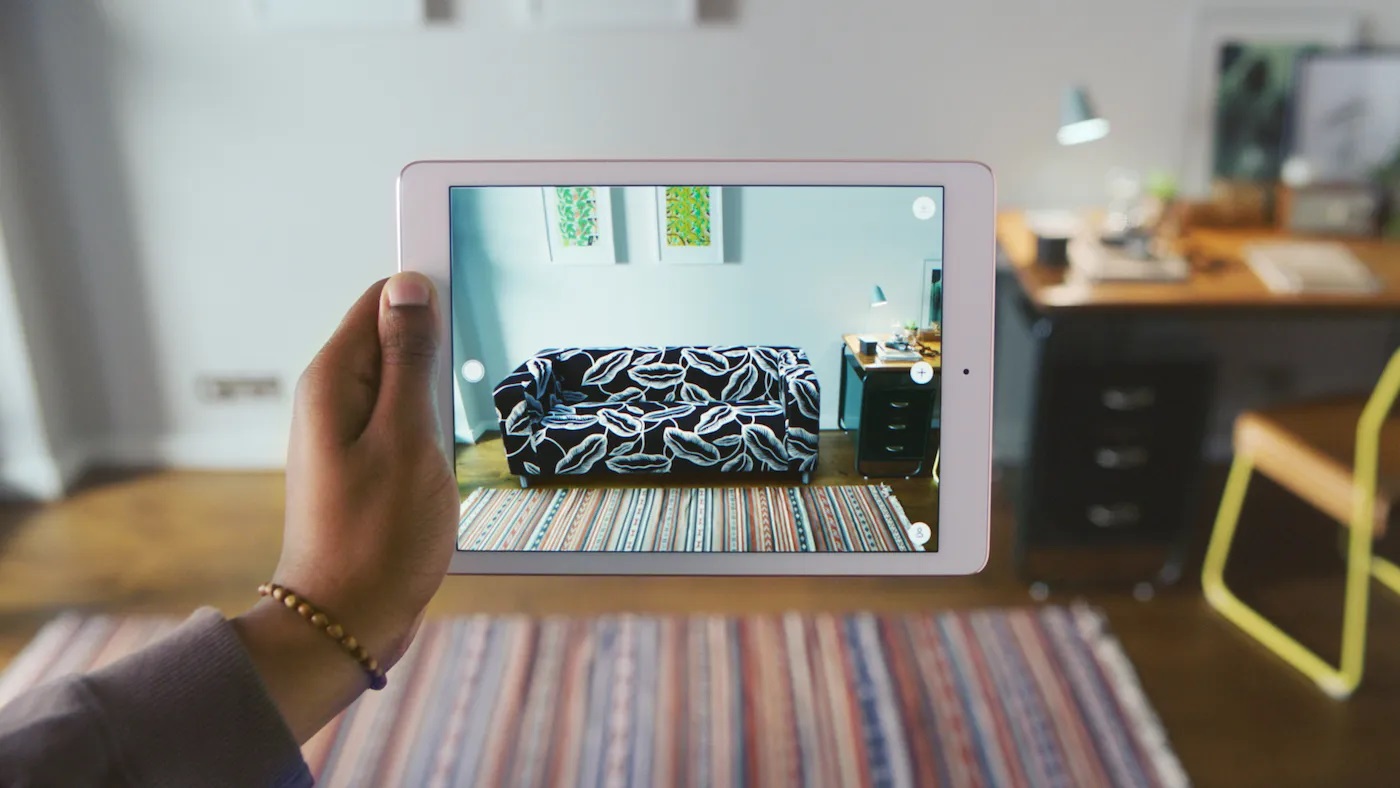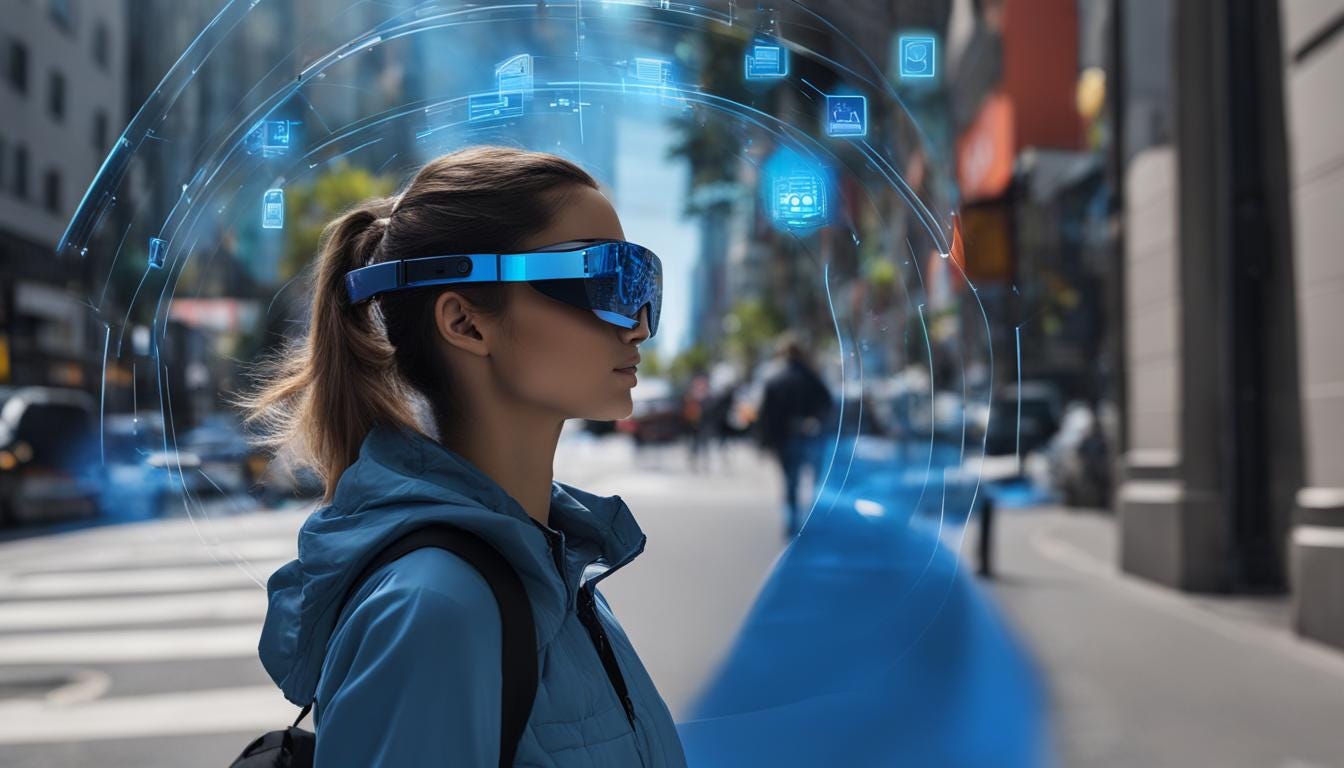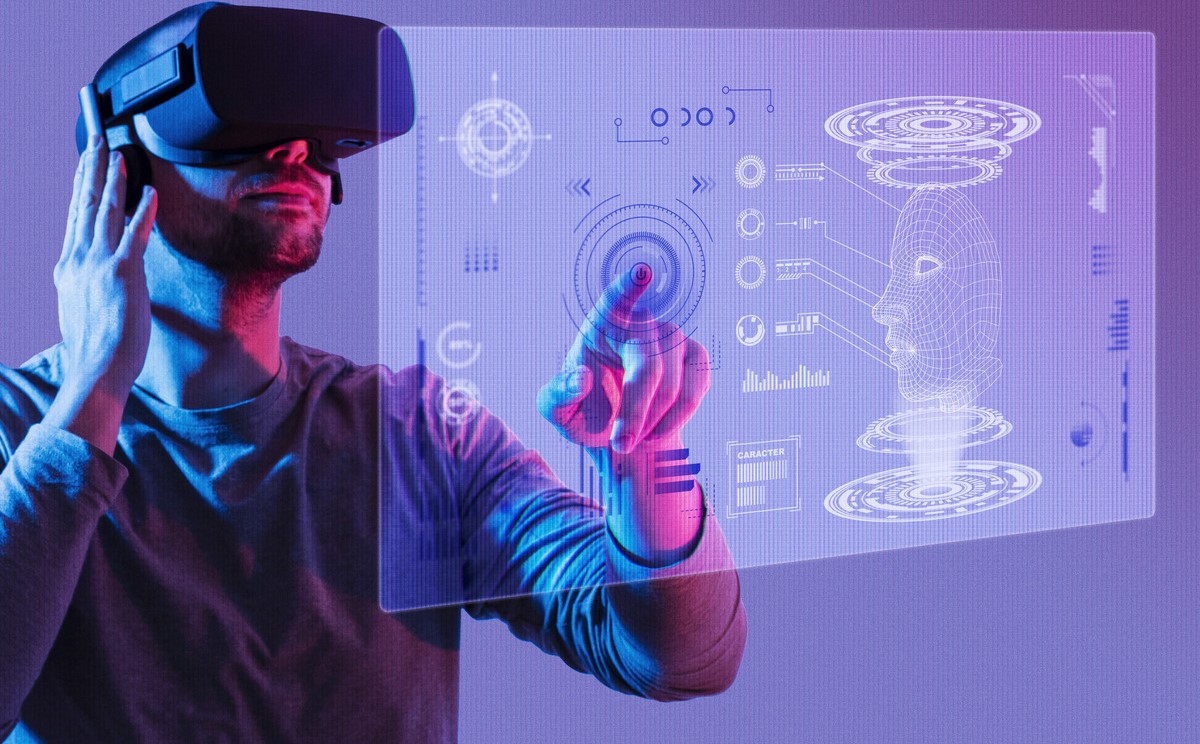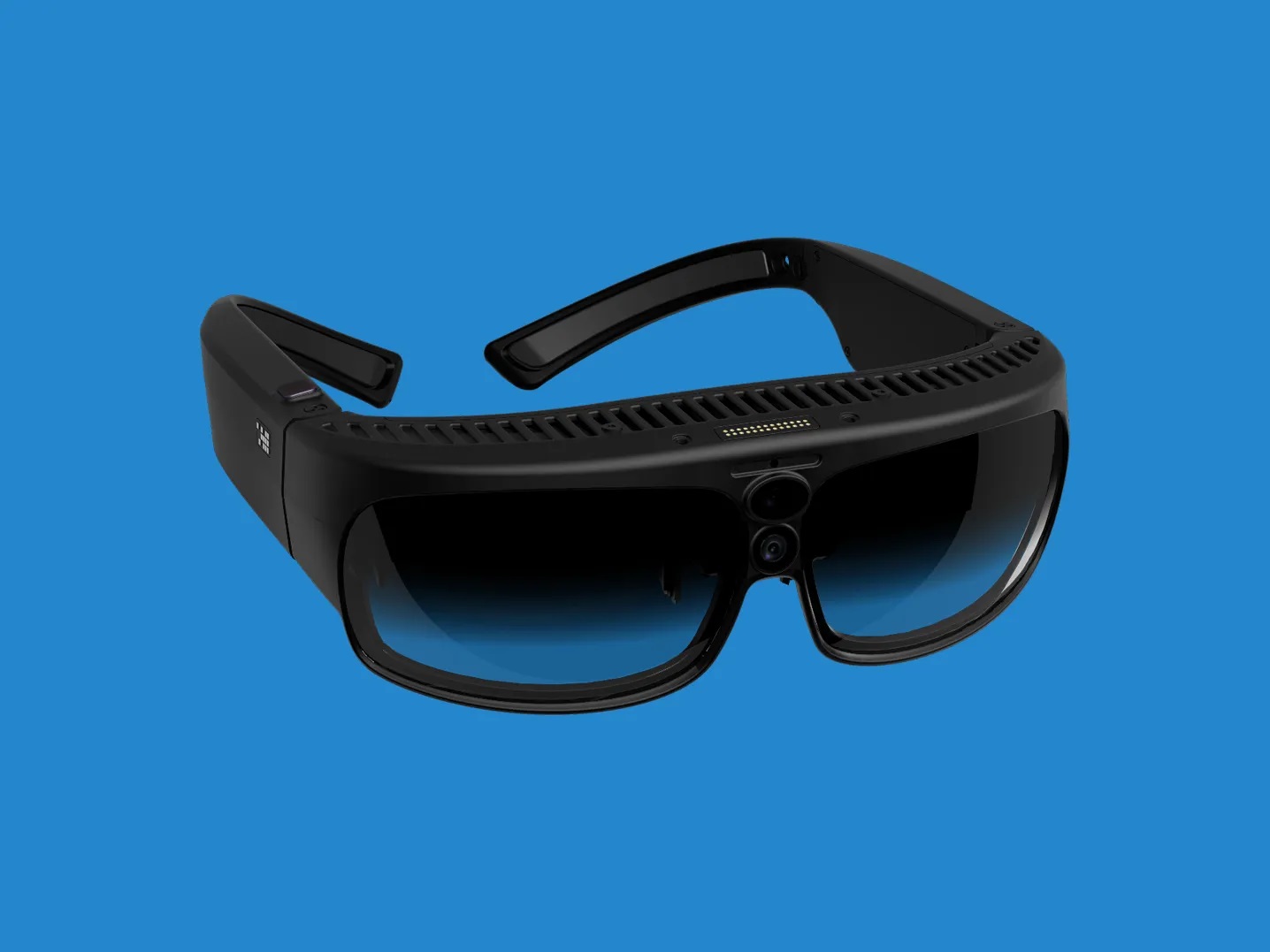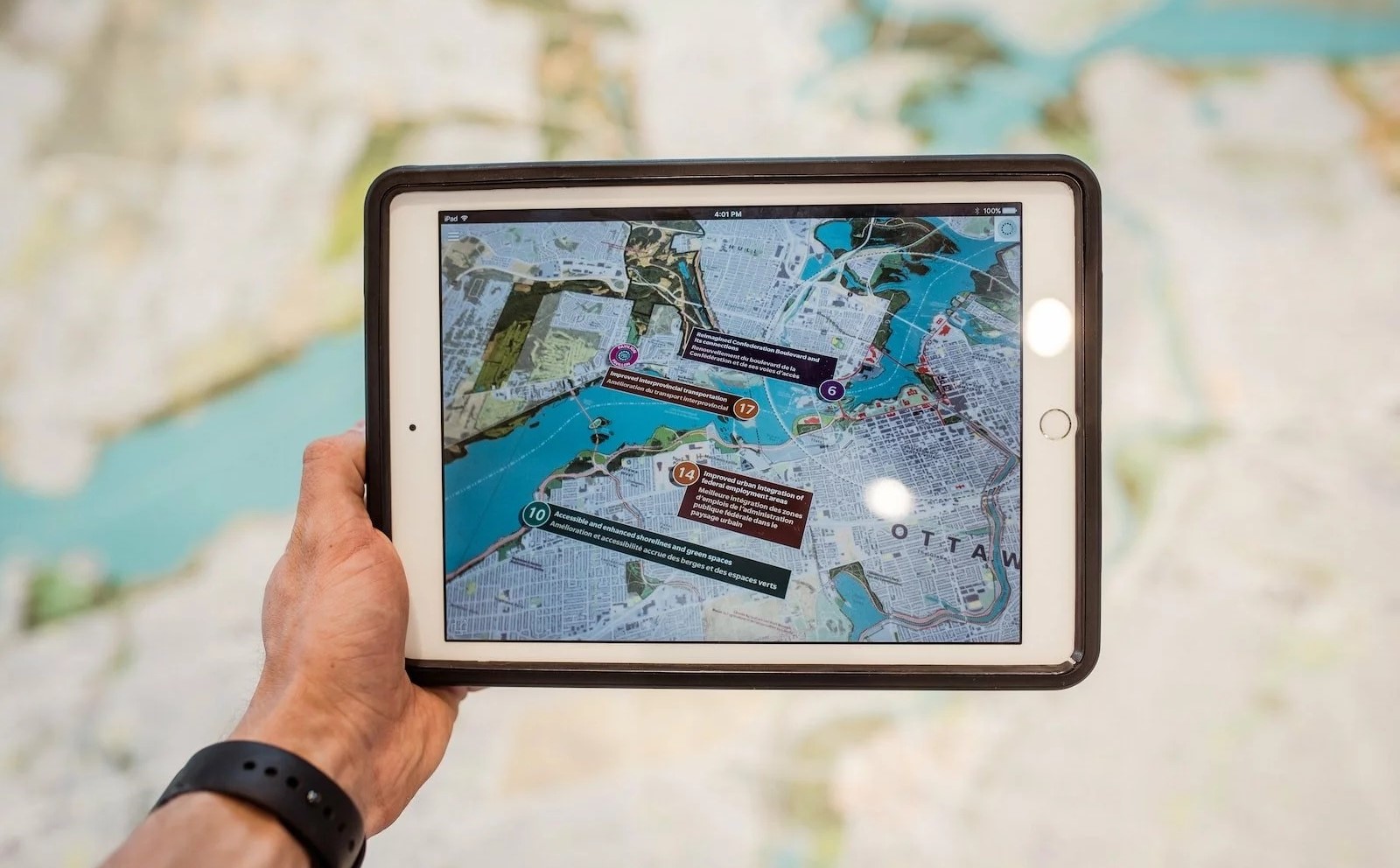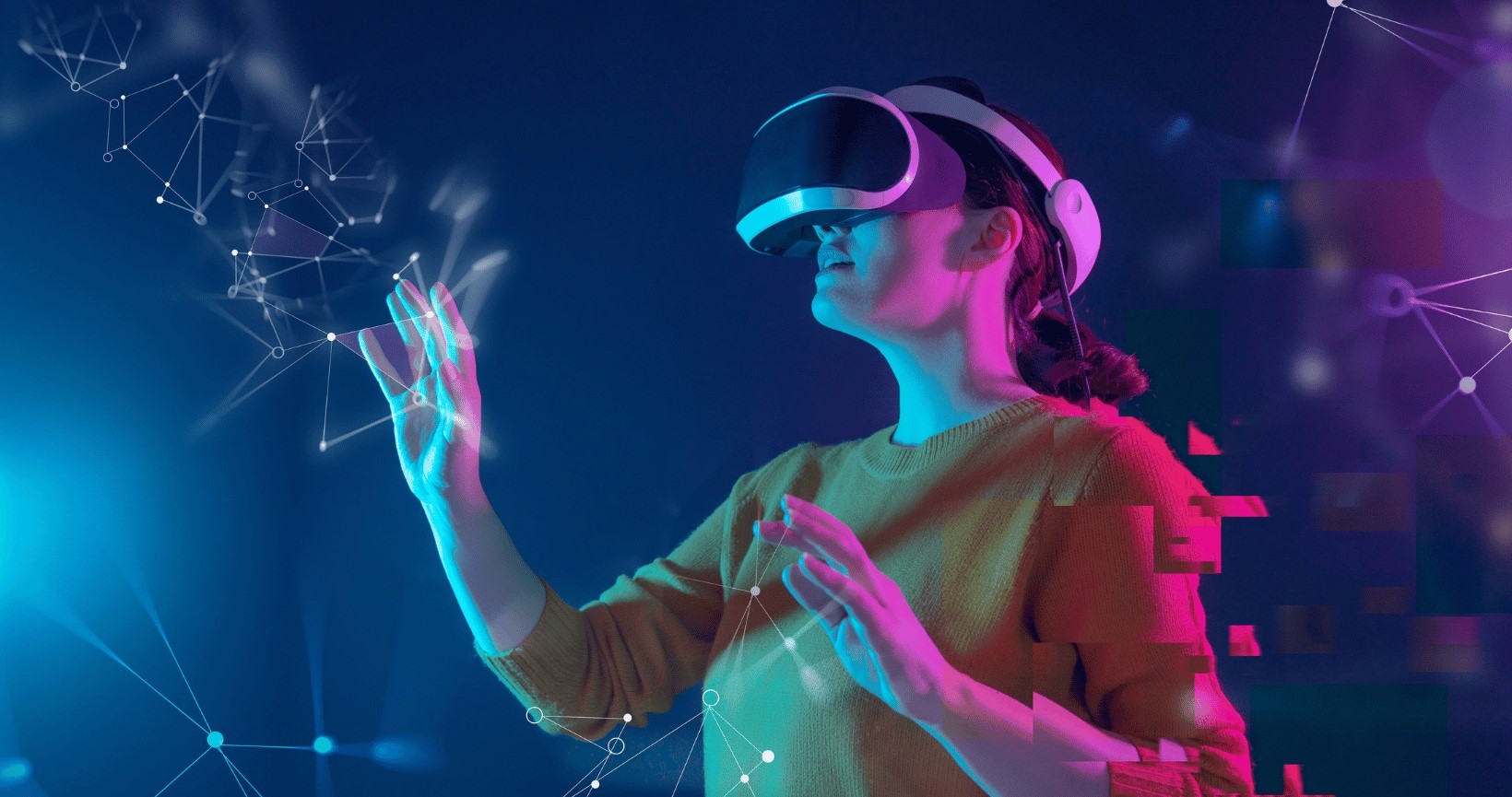Home>Latest News>Technology Trends>AR Technology: Enhancing the Future
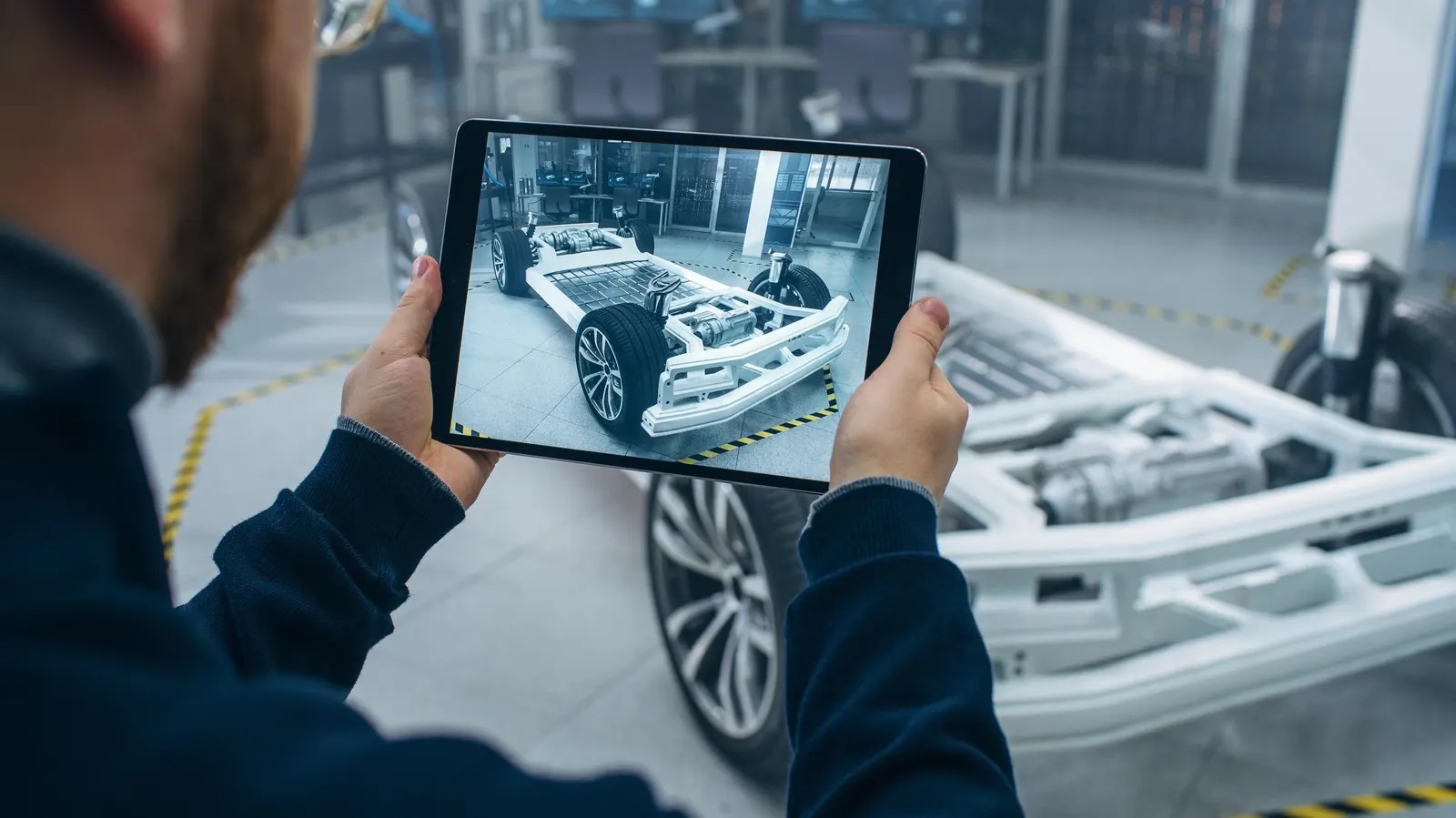

Technology Trends
AR Technology: Enhancing the Future
Modified: September 5, 2024
Discover the latest technology trends in AR technology and how it's shaping the future. Stay ahead with insights on the advancements and impact of AR in various industries.
(Many of the links in this article redirect to a specific reviewed product. Your purchase of these products through affiliate links helps to generate commission for Techsplurge.com, at no extra cost. Learn more)
Table of Contents
The Evolution of Augmented Reality
Augmented Reality has existed for several decades, but only recently has it gained significant attention and investment. Tom Caudell, an engineer at Boeing, first coined the term "Augmented Reality" in 1990. He used it to describe a system displaying information about aircraft parts directly onto the parts themselves using a head-mounted display (HMD).
In the early 2000s, AR began appearing in various forms of media, such as movies and video games. Films like Terminator and Iron Man showcased futuristic AR capabilities, while games like Pokémon Go popularized AR in the mainstream. These early applications set the stage for the widespread adoption of AR technology seen today.
Current Applications of AR
Entertainment and Gaming
- AR has revolutionized the entertainment industry with immersive experiences. Games like Pokémon Go and Harry Potter: Wizards Unite have millions of users worldwide. These games use AR to overlay virtual objects onto real-world environments, creating a unique gaming experience.
- Beyond gaming, AR is also used in various forms of entertainment. For instance, AR filters on social media platforms like Instagram and Snapchat have become incredibly popular. These filters allow users to add virtual effects to their photos and videos, enhancing their social media presence.
Education
- AR is transforming the education sector by making learning more engaging and interactive. Educational apps like Google Expeditions and zSpace use AR to provide students with virtual field trips and hands-on learning experiences.
- Students can explore historical sites or visit distant planets without leaving their classrooms. This interactive approach to learning enhances student engagement and retention.
Healthcare
- In healthcare, AR is being used for therapeutic purposes. For instance, Hitlabz in New Zealand has developed an impressive phobia treatment application that uses AR to help patients overcome their fears in a controlled environment.
- AR is also being used in medical training. Surgeons can practice complex surgeries using AR simulations, reducing the risk of complications during actual operations.
Business and Marketing
- AR is becoming increasingly important in business and marketing. Companies are using AR to enhance customer experiences by providing interactive product demonstrations and virtual try-ons.
- For example, IKEA uses AR to allow customers to see how furniture would look in their homes before making a purchase. This feature reduces returns and enhances the overall shopping experience.
Therapeutic Settings
- AR has great potential in therapeutic settings. It can be used to expose patients to virtual environments that help them overcome phobias or anxieties in a controlled manner.
- Imagine a patient with arachnophobia being able to interact with virtual spiders while having full control over their size, shape, color, and movement. This level of control makes the experience less intimidating and more therapeutic.
The Technology Behind AR
Hardware
- Smartphones and Tablets: The majority of AR applications today are accessed through smartphones and tablets. These devices provide the necessary processing power and display capabilities to run AR software.
- Head-Mounted Displays (HMDs): HMDs like Microsoft HoloLens and Magic Leap One provide a more immersive AR experience by overlaying virtual information directly onto the user's field of vision.
- Eyeglasses and Contact Lenses: Future AR applications may involve eyeglasses and contact lenses that can display information directly onto the user's vision. Companies like Apple and Google are already working on such projects.
Software
- AR Development Platforms: Platforms like Unity and Unreal Engine provide developers with the tools they need to create AR applications. These platforms offer a range of features and APIs that make it easier to develop complex AR experiences.
- AR Apps: Apps like Aurasma and Vuforia allow users to create and interact with AR content. These apps often come with pre-built features that make it easy to get started with AR development.
Challenges and Limitations
Cost and Accessibility
High-end AR devices like HMDs are currently expensive, making them inaccessible to many users. However, as technology advances and costs decrease, more affordable options are expected to emerge.
Technical Complexity
Developing AR applications requires a high level of technical expertise. The complexity of integrating AR with real-world environments can be daunting for developers, especially those without prior experience in this field.
Read more: Enhancing Online Privacy with VPN Technology
Content Creation
Creating high-quality AR content is time-consuming and requires specialized skills. This can be a barrier for many developers who want to create AR applications but lack the necessary expertise.
User Experience
One of the biggest challenges in AR is ensuring a seamless user experience. Users need to be able to easily interact with AR content without feeling overwhelmed or disoriented.
Future of AR
Advancements in Hardware
Future AR devices may include eyeglasses and contact lenses that can display information directly onto the user's vision. These advancements will further enhance the immersive nature of AR experiences.
Increased Adoption in Various Industries
AR is expected to be adopted in more industries beyond entertainment and education. Healthcare, retail, and manufacturing are just a few sectors where AR is likely to make significant impacts.
Improved Content Creation Tools
To address the challenge of content creation, developers are working on creating more user-friendly tools for creating AR content. Platforms like Adobe Aero and Google ARCore provide developers with the necessary tools to create high-quality AR experiences without requiring extensive technical expertise.
Enhanced User Experience
Future AR applications will focus on providing a more intuitive and user-friendly experience. This includes improving navigation, reducing latency, and enhancing overall interactivity.
Augmented Reality has come a long way since its inception and continues to evolve rapidly. From its early applications in entertainment to its current uses in education, healthcare, and business, AR has proven its potential as a transformative technology. While it still faces challenges related to cost, technical complexity, and content creation, the future looks bright with advancements in hardware, increased adoption across various industries, improved content creation tools, and enhanced user experiences.
Investing in AR research and development will unlock its full potential. By doing so, more immersive, interactive, and informative experiences can be created, enhancing daily lives in meaningful ways.

